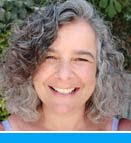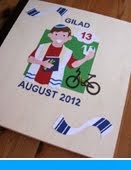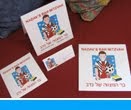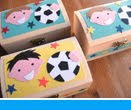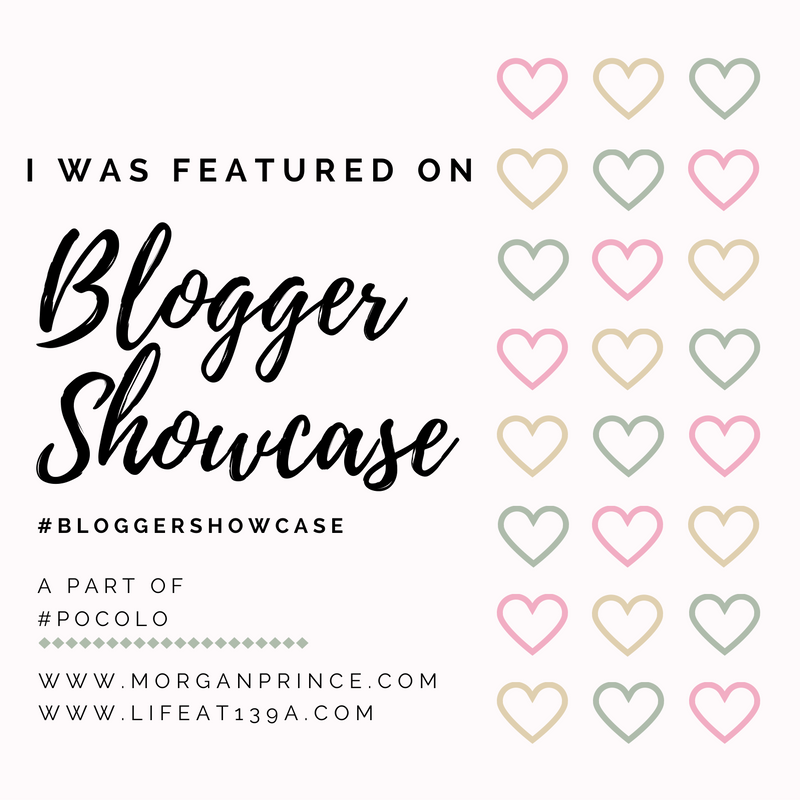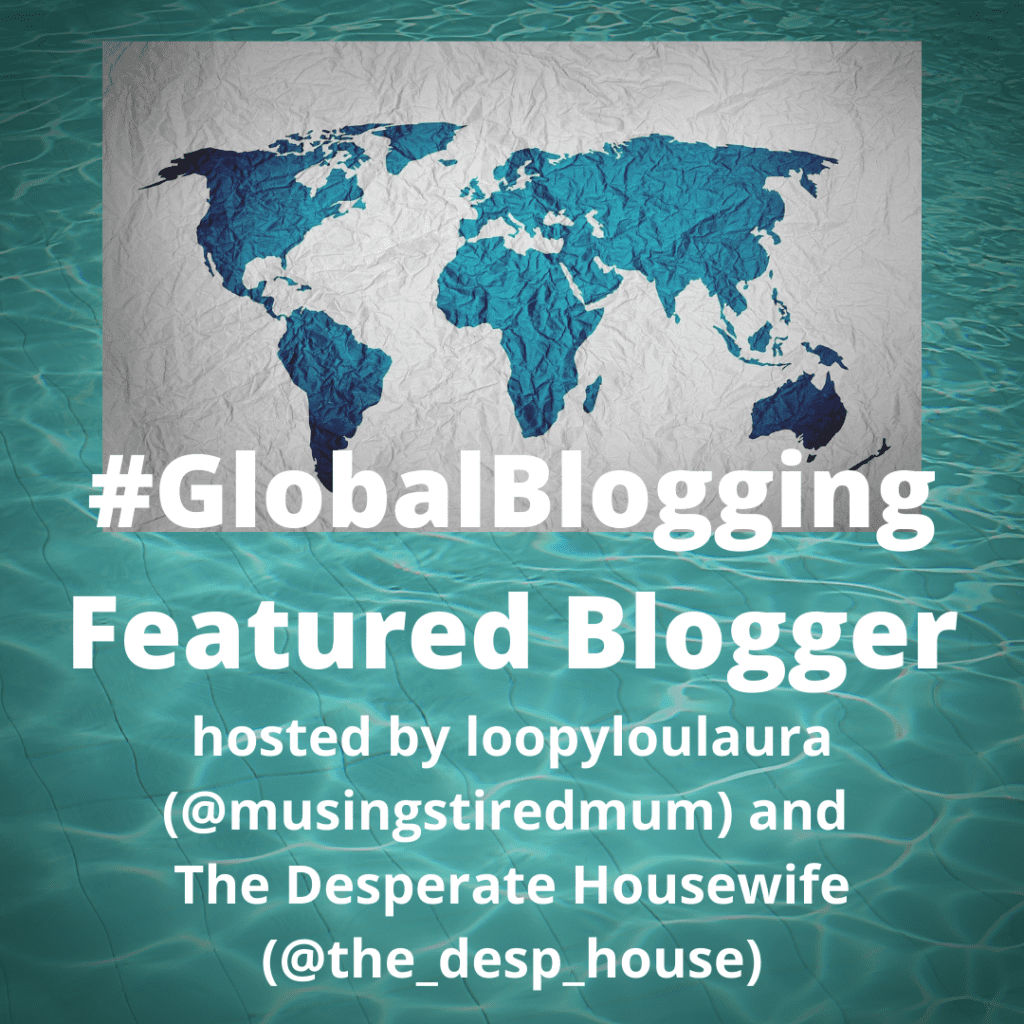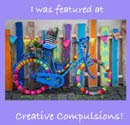Twins Amitai and Gavriel are another couple of kids who receive customised cards for their birthdays every year. Last year they were into tennis and basketball, and prior to that they were both playing the cello and doing gymnastics. This year, when they turned 10, they (yes, they put in their own requests!) Mum had new ideas for their cards.
Amitai's favourite colour is yellow. He likes to go running and, while doing so, enjoys listening to music using his Marley in-ear headphones with their colourful braided cable. Mum was quite specific about the clothes he prefers to run in. I have shown Amitai wearing his black NIKE shorts and his striped adidas trainers. He also recently joined the Sayarut youth movement which is run by The Society for the Protection of Nature in Israel, so I added the logo of the youth movement and some trees to his card.
Gavriel favours the colour red. One of his favourite things is his swimming class and he also loves to play with Lego. I have shown him playing in the water, with a pair of orange and blue goggles on his head.
Both boys look pretty pleased with their cards, don't you think?
* This post has been shared on Friday Foto Friends, My Sunday Photo, Seasons, Pieced Pastimes, Sundays at Home and Creative Mondays.






















































